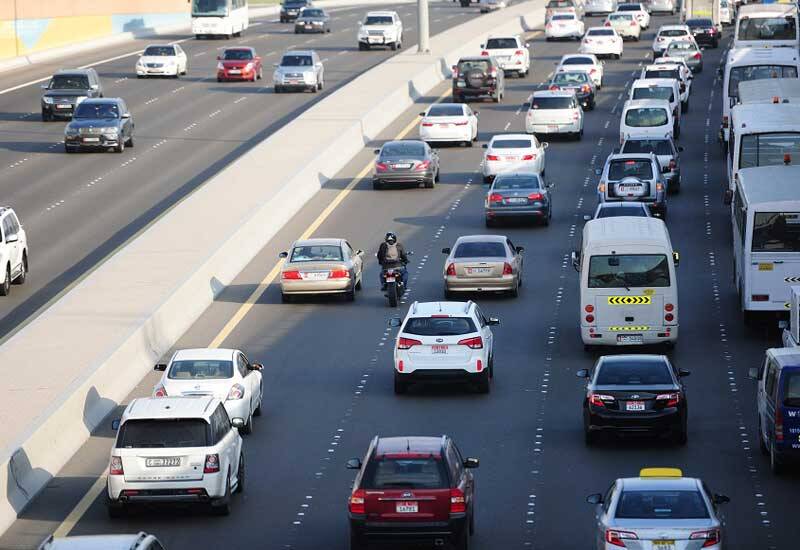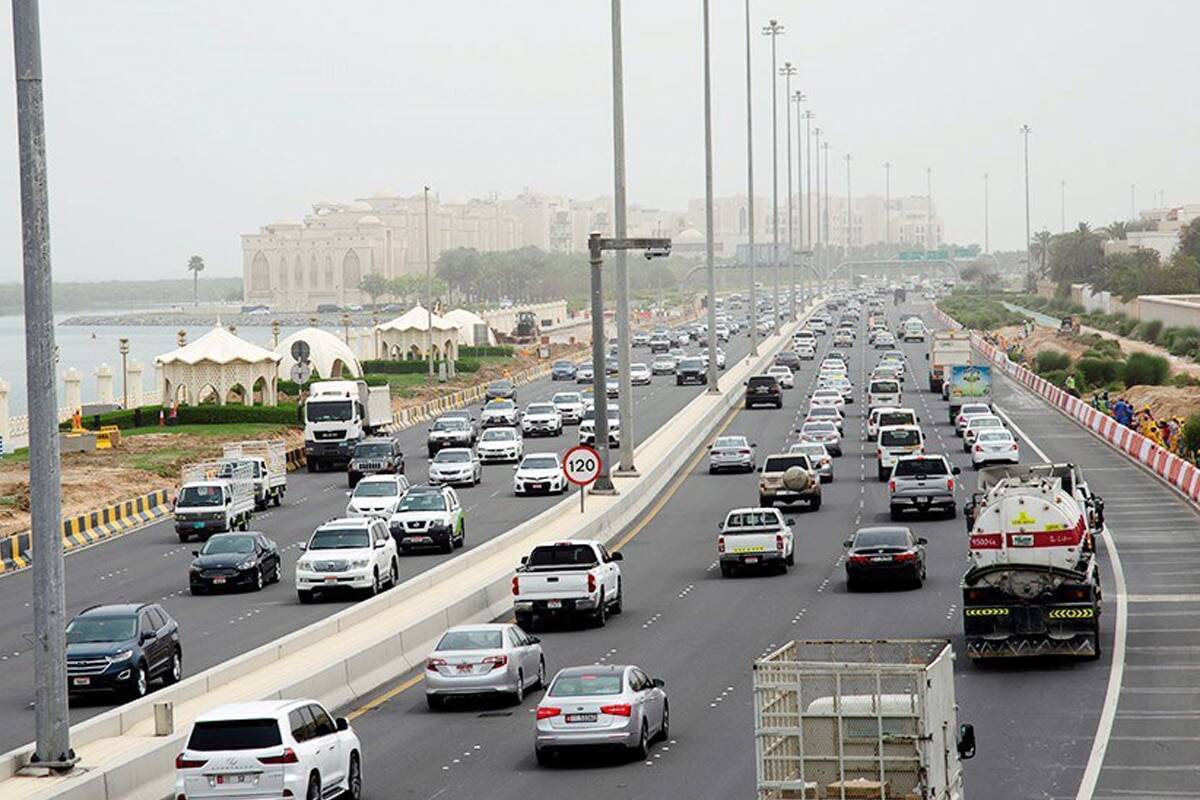
Summary: In response to evolving traffic volumes and safety demands, UAE authorities across emirates have introduced five notable rule changes: revised toll timings in Abu Dhabi, variable-speed systems, prohibited-lane usage for delivery riders in Dubai, dedicated lanes in Sharjah, and smart speed-limiters in Ajman. These measures are designed to reduce accidents, improve traffic flow and ensure safer travel for all road-users.
Overview
To improve road safety and streamline traffic flow across the UAE, several emirates have introduced five significant traffic-rule changes. These updates are designed to reduce collisions, ease congestion and enhance the commuter experience.
Key Changes in Toll, Speed and Lane Regulations
1. Extended Toll Timing for the Darb Toll System in Abu Dhabi
From September 1, 2025, Abu Dhabi’s toll-system tariff schedule has been revised: the evening time window has been extended from 5 pm–7 pm to 3 pm–7 pm. The daily and monthly caps on tolls have also been removed, with the aim of better managing peak-hour traffic.
Also Read – Abu Dhabi Introduces Variable Speed Limit System on Sheikh Zayed bin Sultan Road
2. Variable Speed Limits on Major Roads

Starting October 27, 2025, the emirate introduced a real-time variable speed-limit system on the Sheikh Zayed bin Sultan Road and other major thoroughfares. Electronic signs now adjust limits based on congestion, weather, roadworks or events.
3. Prohibition of Delivery Riders from Fast Lanes in Dubai
From November 1, 2025, delivery-bike riders are barred from using the two leftmost lanes on roads with five or more lanes, and the leftmost lane on roads with three or four lanes, to reduce high-speed collisions.
4. Dedicated Lanes for Heavy Vehicles and Two-Wheelers in Sharjah
In Sharjah, from November 1, 2025, dedicated lane rules are enforced: heavy vehicles and buses must use the far-right lane; motorbikes (including delivery bikes) are confined to the two right-most lanes on four-lane roads, the middle/right on three-lane roads, and only the right lane on two-lane roads. Non-compliance draws fines and traffic-point penalties.
5. Smart Speed Limiters in Ajman’s Taxis and Limousines
In the emirate of Ajman, vehicles such as taxis and limousines are being equipped with smart speed-limiting devices that automatically regulate speed based on the vehicle’s location and permitted limits for that road segment.
Also Read – How to Find Out the Speed Limit on a Certain Road
Impacts & What Drivers Should Know

Safety & Traffic Flow
These rules aim to enhance safety by reducing high-speed incidents (especially among vulnerable road-users like delivery riders), and to smooth traffic by modifying toll-timings and dynamically controlling speed. For example, changing the Darb-toll window helps distribute traffic more evenly across afternoon hours, easing evening peaks.
Compliance & Penalties
Drivers should familiarise themselves with lane-use rules, especially if riding or driving heavy vehicles or vulnerable users. In Sharjah, if a heavy vehicle ignores the dedicated-lane requirement, a fine of AED 1,500 plus 12 traffic points can apply.
Professional & Commercial Drivers
For delivery services, taxi firms and chauffeur operators, the changes mean route planning, lane discipline and speed management must all be reviewed. Smart speed-limiters and variable-speed zones mean you can’t rely on fixed speeds anymore.
For Tourists & Residents
Even casual drivers should be aware that lane restrictions (e.g., for motorcycles) and varying toll windows now apply. Knowing the rules helps avoid fines and ensures smoother journeys when navigating major roads in the UAE.
FAQs
1. When did the Darb toll-timing change come into effect?
The new tariff schedule (3 pm–7 pm) for the Darb toll system in Abu Dhabi started on September 1, 2025.
2. What roads use variable speed limits in Abu Dhabi?
The system was introduced on roads including the Sheikh Zayed bin Sultan Road, with signage adjusting limits based on real-time conditions.
3. Which lanes are delivery riders banned from in Dubai?
From November 1, 2025, delivery-bike riders cannot use the two leftmost lanes on roads having five or more lanes, and the leftmost lane on roads with three or four lanes.
4. What fines apply for lane-rule violations in Sharjah for heavy vehicles?
A heavy vehicle ignoring the dedicated-lane rule may be fined AED 1,500 and incur 12 traffic points.
5. What does a smart speed-limiter do in Ajman?
In taxis and limousines, the device identifies the vehicle’s location and ensures it does not exceed the permitted speed for that area or road segment.
6. How will these changes reduce accidents and congestion?
By better staggering traffic flows through toll-timing changes, directing lanes for vulnerable road-users, and modulating speed dynamically, the measures reduce risk zones and enhance movement efficiency.
Conclusion
The road network in the UAE is undergoing meaningful regulatory upgrades aimed at making journeys safer and more efficient. Whether you’re a resident commuter, a professional driver, or a visitor behind the wheel, understanding these five new rules is essential. By adhering to the updated toll systems, lane restrictions and speed-control measures, you contribute to a smoother, safer driving environment and avoid unnecessary penalties along the way.
Also Read – Big Relief for Drivers! UAE Announces Lower Fuel Prices for November 2025






